CONSERVATORIUM HOTEL
DESIGN BY PIERO LISSONI
Built in 1897, the
Conservatorium has a richly layered history as a bank, then a music school and
now a hotel. In each chapter, the landmark property has been a gathering place
for commerce, culture, and society.
The building was
originally heritage designed by the architect Daniel Knuttel as the Dutch
savings bank, Rijkspostspaar bank. Its construction at the end of the 19th
century sparked the regeneration of Amsterdam’s museum quarter. At that time,
the building was as much a symbol of commercial and cultural prosperity as the
Rijksmuseum, which was being revealed just next door. This was reflected in the
impressive architecture of both buildings on Museumplein.
Throughout the 20th
century, the Rijkspostspaarbank underwent a series of mergers and the building
was abandoned in 1978. Five years later, it became the home of the newly formed
Sweelinck Conservatorium and the bank was dynamically transformed into a music
school. The offices were modernised to become acoustic classrooms. The students
of the Conservatorium played there for many decades before moving to larger
quarters in Oosterdokseiland. In 2008, it began its evolution into Amsterdam’s
only modern grand hotel, finally opening as the Conservatorium in December
2011.
Over 100 years ago,
architect Daniel Knuttel turned to a mix of neo-Gothic and Art Nouveau
principles to visually celebrate the importance of the Conservatorium building.
Today, Italian architect Piero Lissoni uses a contemporary design language to
complement and continue this narrative.
Inside and out, a strong
design design & architecture aesthetic is fundamental to the
Conservatorium. It actually tells its story. The building’s original function
as a savings bank is apparent in the playful details so embraced by the Art
Nouveau movement. There are stone pigs carved into the staircase to symbolise
piggy banks; spider webs on the tiles in the shopping arcade allude to spiders
trapping flies to consume later; and the tiles also portray bees, which,
metaphorically, save stocks of honey for the wintertime.
These elements
demonstrate an attention to detail that continues today. Italian architect and
design maestro Piero Lissoni was responsible for evolving this rich history
into a contemporary space. The way he merged the 19th century edifice by
encasing its interior courtyard in glass demonstrates a seamless, innate
understanding of old and new, public and private.
Lissoni’s style is rich,
muted and stylishly pared-back. While his vision contrasts with the decorative
nature of the original 19th century structure, it brings a new mood – and a new
function – to this historic landmark building.
When the Conservatorium
was transformed into a grand hotel, its cultural importance to the city of Amsterdam
was maintained. Regular musical performances are held at the hotel today, while
it is also a place to appreciate exciting contemporary art.
The Conservatorium
regularly collaborates with the Conservatorium van Amsterdam music school and
together they started the Expression of the Art Award series. Each year,
students from the jazz department are invited to compete at the hotel. A jury
is present to announce the winner, who is awarded with a monetary fund to
encourage and support their musical career.
The hotel’s cultural
commitment goes beyond music. It has an ever-changing roster of contemporary
artists displaying their work in the hotel lobby. These artists range from
emerging talent to globally established names such as Banksy and Scholten &
Baijings
Some suites are also
decorated with works by artists. These pieces are rotated frequently and are
shown alongside publications on the details.
The permanent art
collection in the hotel has been curated by architect Piero Lissoni, and
includes everything from reproductions of historic Dutch masterpieces to brand
new commissions inspired by the Conservatorium’s cultural and musical history.
The Conservatorium has an
illustrious, century-long past where society has always gathered together. This
is especially apparent today in its elegant bar and restaurants, where guests
can be indulged and impressed.
THE BRASSERIE & LOUNGE
The Brasserie is located
in the hotel’s central atrium. Flooded with natural daylight beaming down from
the glass ceiling and through the floorto-ceiling windows, it is a convivial
centre for both hotel guests and Amsterdam society. The fish market showcasing
the daily catch form our fishmonger greet customers as they arrive. Enjoy a
variety of organic salads, vegetables and superfoods, all prepared for the
season. The Brasserie serves a combination of signature Dutch dishes as well as
Mediterranean classics, a variety suitable for every guest. In the spirit of
the Conservatorium’s musical history, there are live music performances during
the weekend in the Lounge.
TAIKO BAR
What first started as a
playful flirt between kitchen and bar, inspired by a shared love and passion
for Asia, has now grown into a new phenomenon: Taiko Bar. With excellent
service from some of Amsterdam’s best bartenders, supreme bites from Taiko
Cuisine and a cocktail menu that makes you feel like you’re in a speak easy in
Roppongi, Taiko Bar translates the sophisticated nightlife of global cities
such as Bangkok, Tokyo and Shanghai into the intimate, cosy setting of an
Amsterdam neighbourhood pub.
TAIKO CUISINE
The restaurant Taiko
takes its name from the Japanese for ‘drum’ as it is located in what was once
the percussion department of the old music school, overlooking the Paulus
Potterstraat and the Stedelijk Museum. Taiko redefines contemporary Asian
cuisine with authentic dishes made of local, seasonal products. Guests are
served delicious signature sashimi and beef from the Binchō-tan grill. With its
stylish and enthusiastic service the restaurant has a cosmopolitan feel,
popular with both international visitors and locals
The 129 guestrooms at the
Conservatorium are minimal, modern and highly comfortable spaces. A set of
unique suites has been designed in direct response to the very special nature
of the building. In each room at the hotel, contemporary luxuries blend with
historic design details and a calming colour palette. A personal host will be
in touch with every guest before their arrival and assists with their needs during
their stay.
GUESTROOMS
Guestrooms at the
Conservatorium are unified by elegant contemporary design, brushed oak floors
and an autumnal colour scheme. These elements, designed by Piero Lissoni, work
together to create a restful and intimate atmosphere.
They feature large
rainfall shower units (most with a deep soaking bath), luxury bathroom
amenities, a bathroom LCD mirror TV and tailored amenities for each guest.
SUITES
There are different types
of suites available to guests, most of which have evocative views over the
Stedelijk Museum or Van Baerlestraat and an array of historical design
features. Flashes of Dutch history are found in decorative items such as wooden
clogs and Delftware, yet they are each special, contemporary rooms in which to
stay.
The suites offer
comfortable working spaces with complimentary Wi-Fi and state-of-the-art in
room entertainment. The bathrooms feature a large rainfall shower, luxurious
designer amenities, bathroom LCD mirror TV, Micro Cotton towels and most
feature a deep soaking bath as well.
SIGNATURE SUITES
The Conservatorium’s
musical history and central location are symbolised in its three unique
signature suites. The Concerto Two Bedroom Suite has the tall grandeur of a
music room; the I Love Amsterdam Suite is a triplex with spectacular views of
the city from its private rooftop terrace; finally, the Penthouse Suite is a handsome
space with floor-to-ceiling windows taking in the majestic Conservatorium
building and Amsterdam beyond. The Penthouse has private elevator access, a
sophisticated dining room with in-suite kitchen and it is possible to reserve
the entire sixth floor privately together with the Penthouse Suite to create a
private Penthouse Wing.
MEETINGS & EVENTS
There are six spaces to
choose from for meetings, events and special occasions at the Conservatorium.
Each generously lit by natural daylight, they range from an impressive
theatrestyle arrangement for 120 people to an intimate boardroom for just eight
people. Architect Piero Lissoni designed each space to have its own unique
atmosphere yet they all share technology such as beamers and/or LCD
televisions.
AKASHA HOLISTIC WELLBEING
Akasha marries innovative
Western practices with ancient Eastern traditions. It boasts seven treatment
rooms, including a double treatment suite, and offers some of the finest
signature spa treatments in Amsterdam. There is a private hammam for purifying
scrubs and massages. Akasha also features Amsterdam’s only watsu pool for
tailored hydro-treatments and guided meditation, as well as a large gym
featuring Life Fitness equipment and private studios for yoga, Pilates and
more.
The Conservatorium is
entrenched in the historic cultural quarter of Amsterdam, sitting alongside
world-known art and music institutions, yet is also close to the fashion
districts, one of the city’s oldest neighbourhoods and one of its finest parks
ARTS AND CULTURE
Located on Museumplein –
Amsterdam’s historic cultural hub – the Conservatorium is surrounded by
legendary artworks, fine examples of the applied arts and classical and jazz
music in a set of worldfamous institutions. Paintings by the Netherland’s greatest
master can be found at the Van Gogh Museum and the Rijksmuseum has a collection
of historic Dutch masterpieces by Rembrandt, Vermeer and Frans Hals.
Contemporary art is shown closely by at the Stedelijk Museum and Moco Museum
and opposite is the Concertgebouw, which has one of Europe’s best music
programmes. This community of culture is within footsteps of the Conservatorium
hotel.
SHOPS AND RESTAURANTS
The in-house Van Baerle
shopping gallery at the Conservatorium features a hair salon and the luxury
stores sell an eclectic mix of products, ranging from jewellery and designer
clothing to cosmetics and cigars. The hotel is also well placed to reach the
boutiques and stores in the fashion district of P.C. Hooftstraat and beyond
that. While this is the historic cultural district of Amsterdam, a wide range
of restaurants, bars and clubs are all within walking distance.
PieroLissoni is an
architect, artdirectoranddesigner (1956).
TogetherwithNicolettaCanesi, PieroLissoniopenedtheLissoniAssociatistudio in
1986, initiatinga lifelongcollaborationwithsome of
thefinestItalianandinternationalfurnituremanufacturers. 1996 sawthecreation of
Graph.x, a companydedicatedtothedevelopment of graphicsprojects.
Some of themorerecentarchitecturalprojectsinclude a privateloft in Monza
(2009);
a villa in Forte deiMarmi (2011); theConservatorium Hotel in MuseumSquarearea
in Amsterdam (2012); theMamilla Hotel in Jerusalemwithits 210 roomsandsuites
(2009); therenovationandinteriordesign
of the Monaco & Grand Canal Hotel in Venice (2004); theBentley Design
HotelTM in Istanbul (2002); theMitsuiGarden Hotel in Tokyo (2005); theStudio M
Hotel in Singapore (2010); theprincipalsuites
forthe Pierre Hotel New York (2010) andtheTajPalace Hotel in Mumbai (2010).
InadditiontoshowroomsforBoffi, Cassina, PorroandTecno,
PieroLissonicompletedtheheadquartersof Living Divani in Anzano del Parco
(2007), theheadquartersforGlasItalia (2010) andMatteograssi (2011) near Milan, and
an eight-storeyedificeforBenetton in Istanbul (2009).
LissonialsorenovatedthehistoricTeatroNazionale in Milan (2009)
fortheDutchgroupStage Entertainment,
thetheatrenowexclusivelydedicatedtomusicals.
PieroLissonidesignedtheinteriors of the 27m sailingyachtGhost (2005) for a New
York art dealerandthe 50m motor yachtTribùforLucianoBenetton (2007).
PieroLissoniparticipated in the 13th VeniceBiennaleArchitettura 2012 at
theItalianPavilion in Architetture del Made in Italyand at thePalazzoBembo in
theexhibitionTraces of Centuries&FutureSteps.












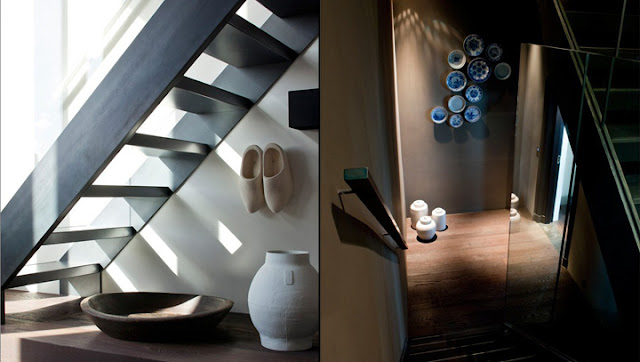












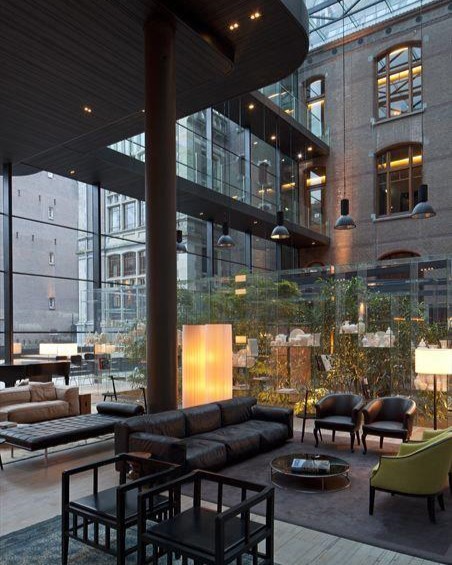






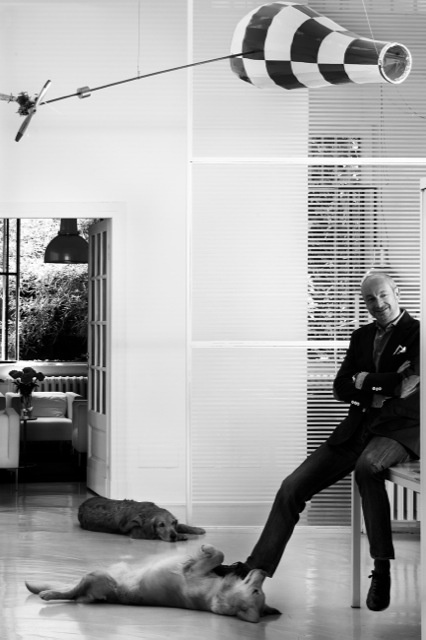







































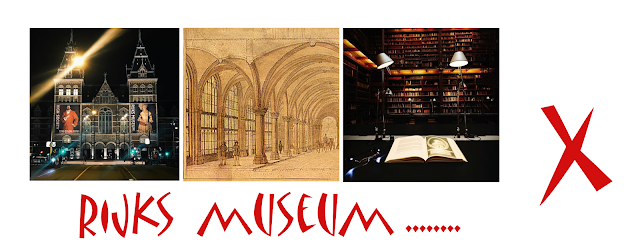




































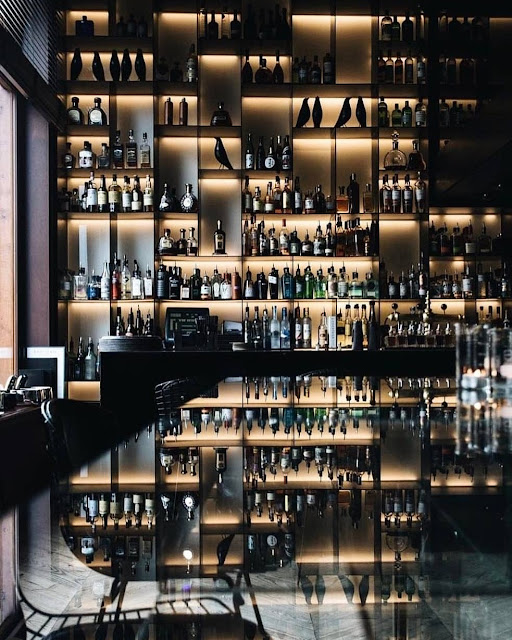




































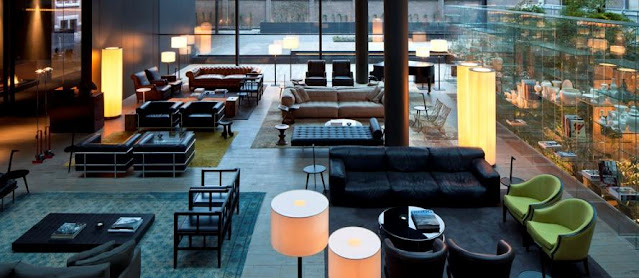


































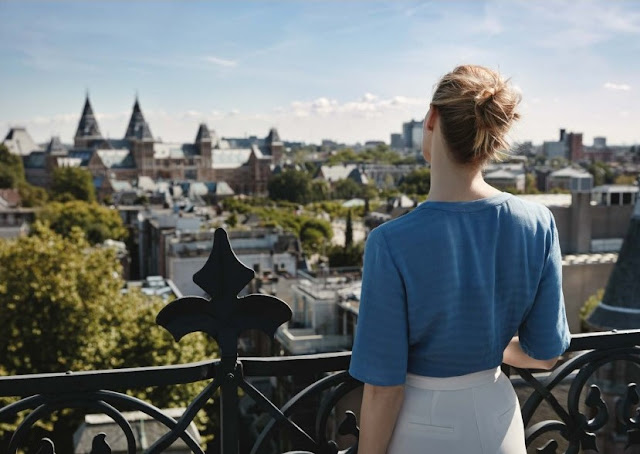




















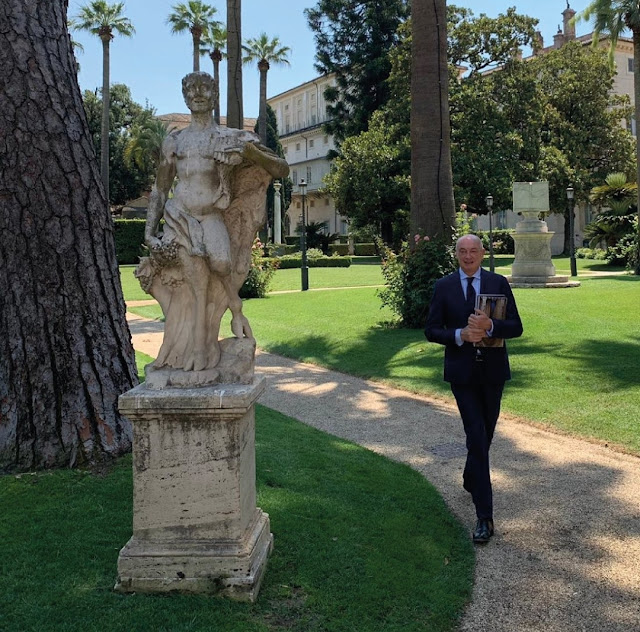






.png)